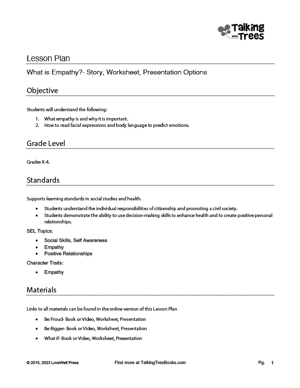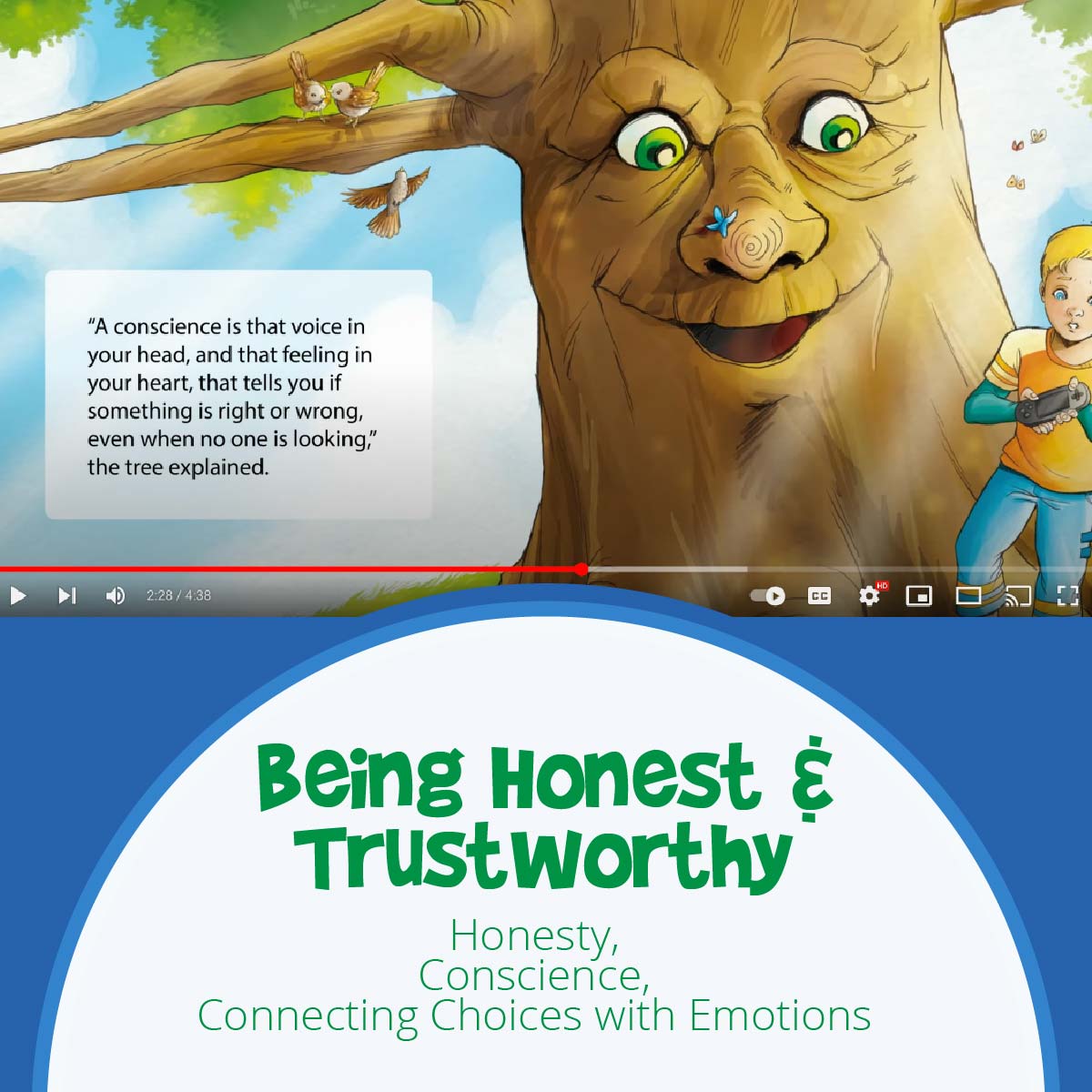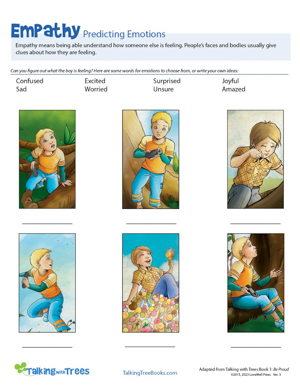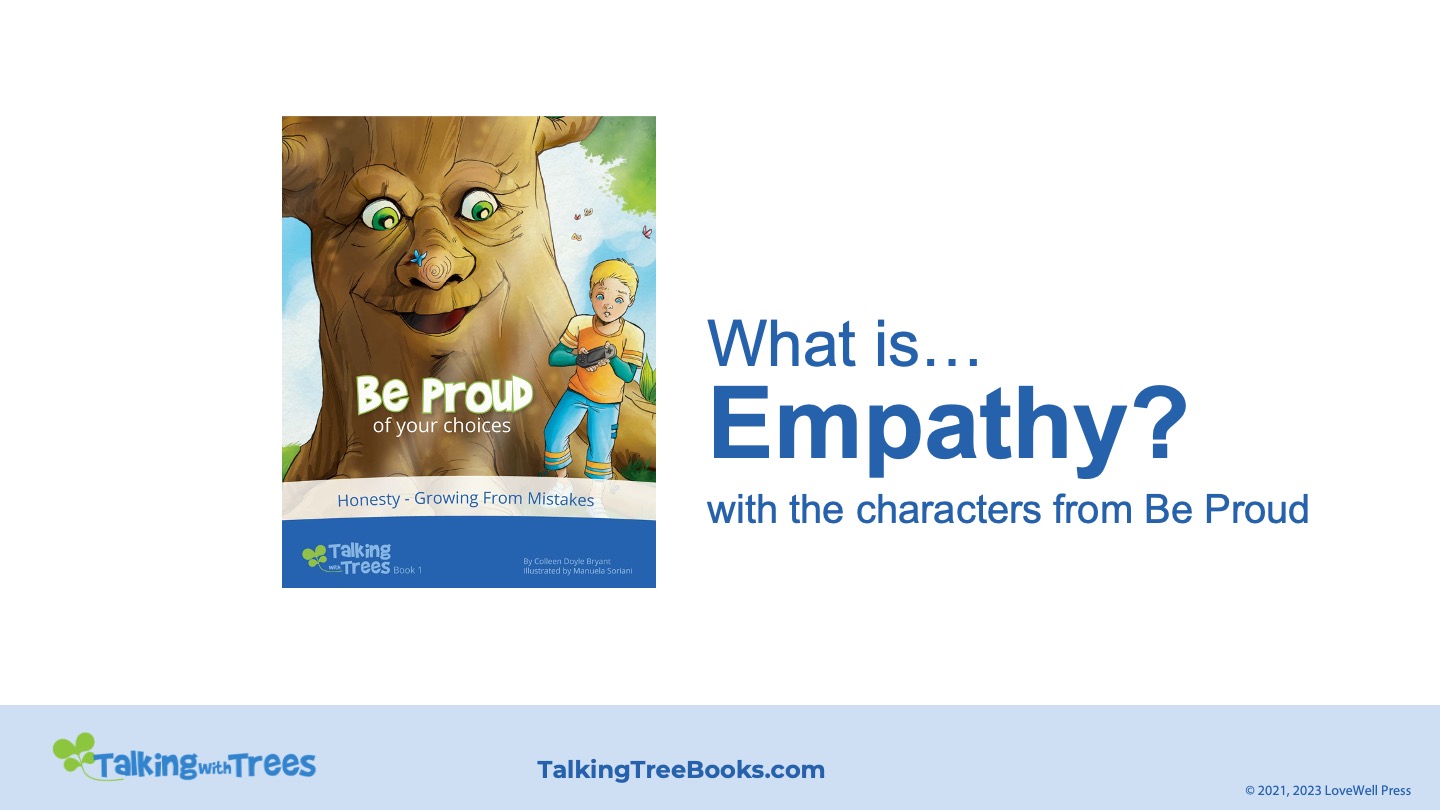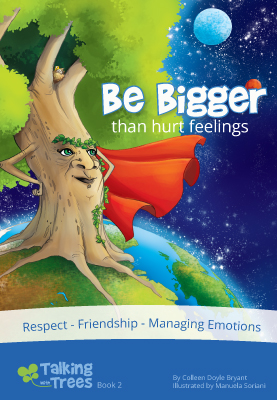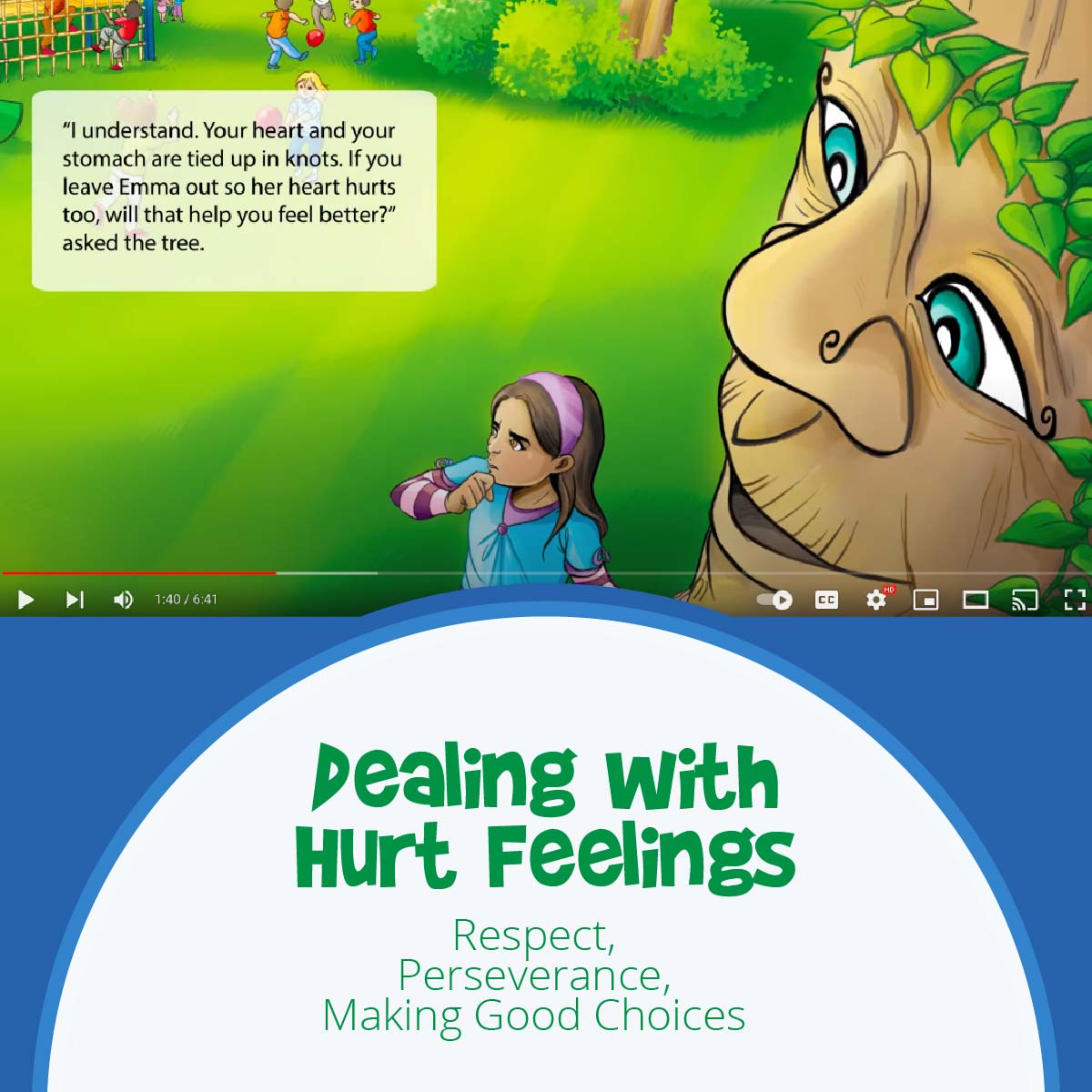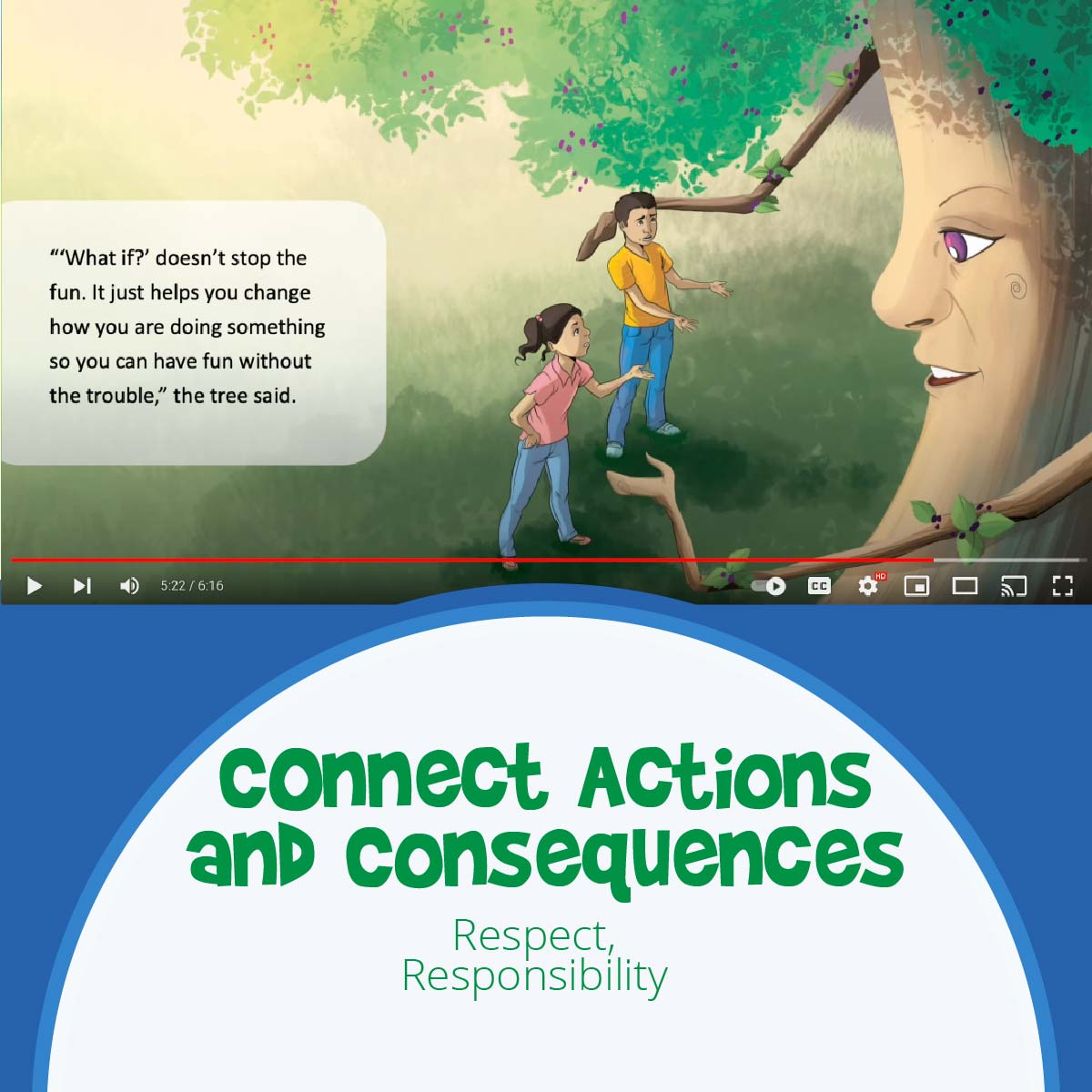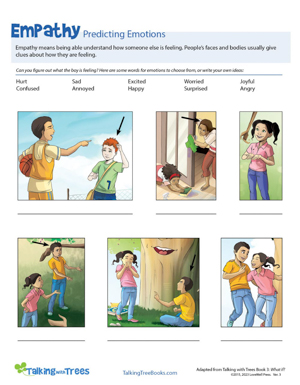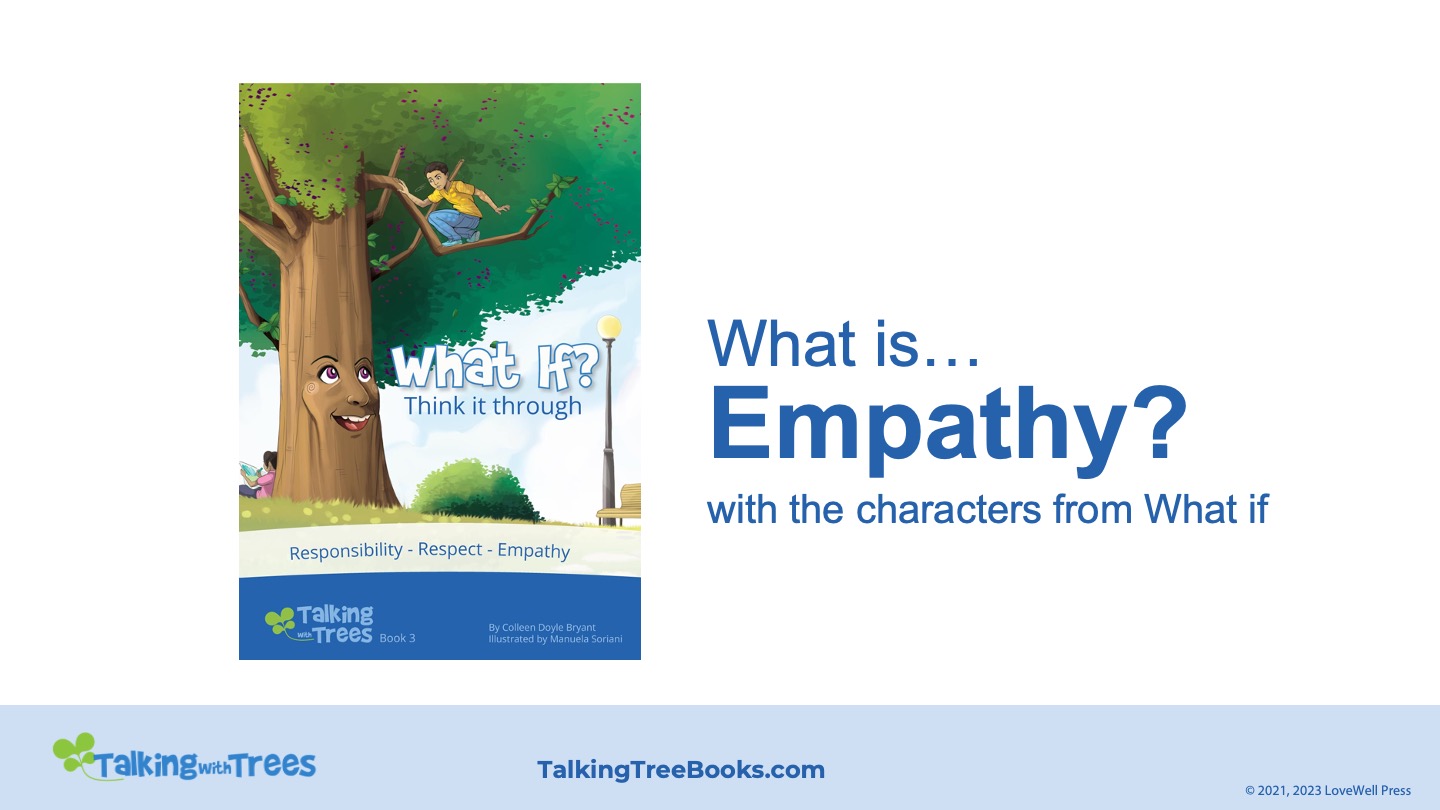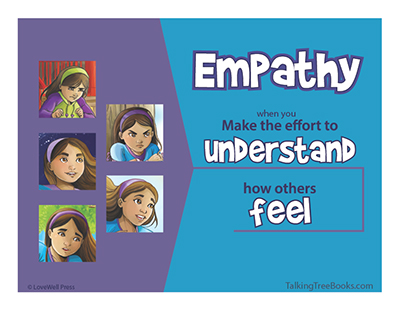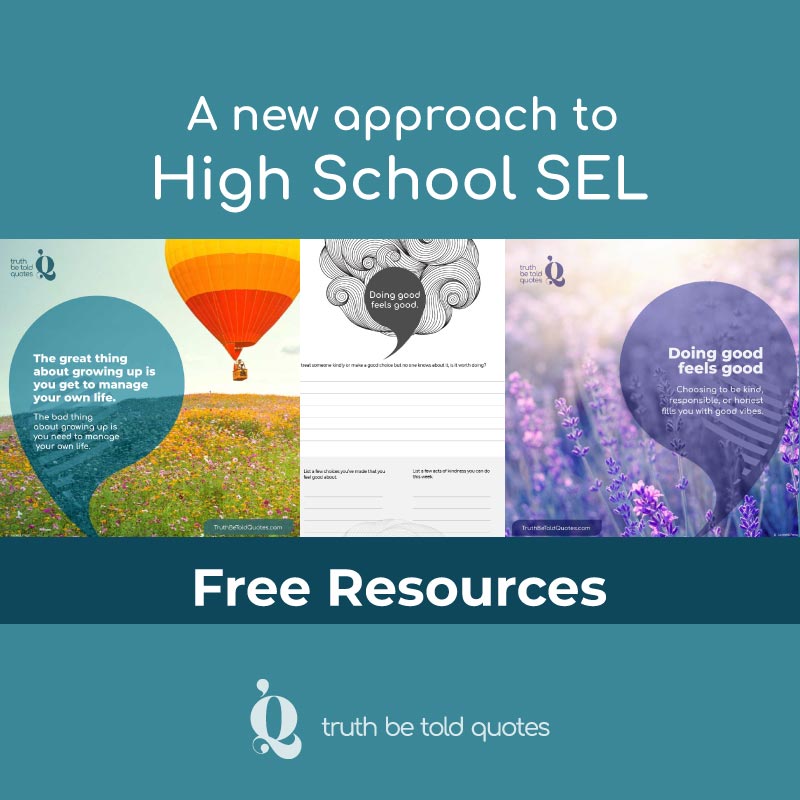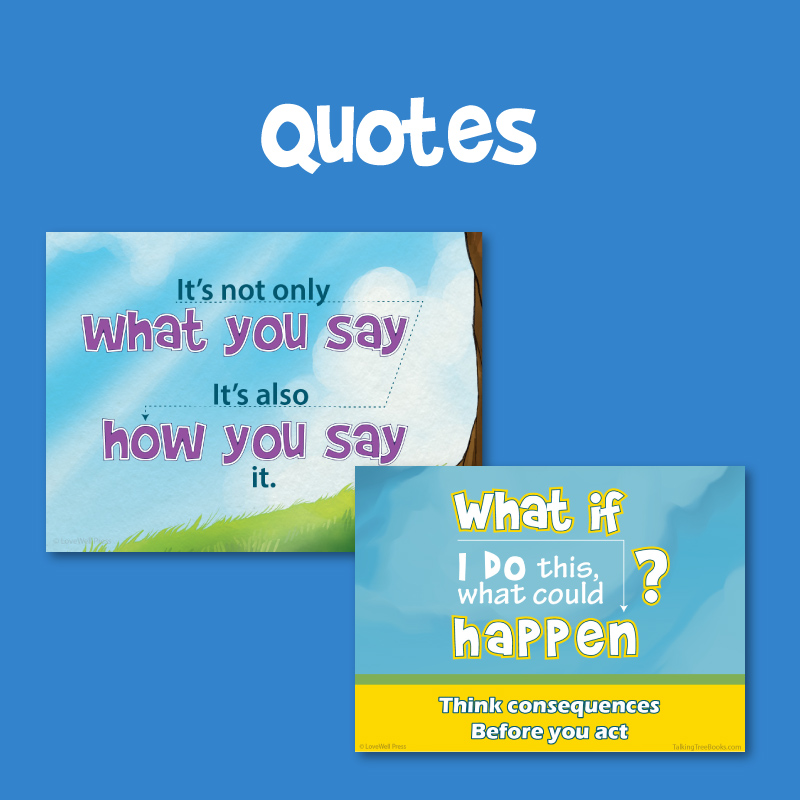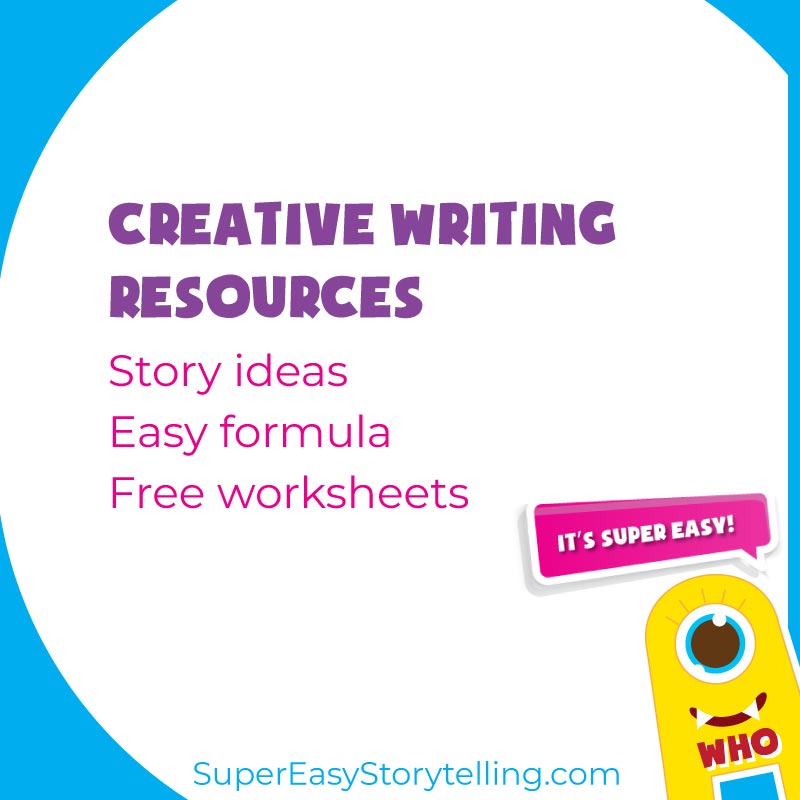Empathy Lesson Plan
SEL / Character Ed Lesson Plan for grades K-4
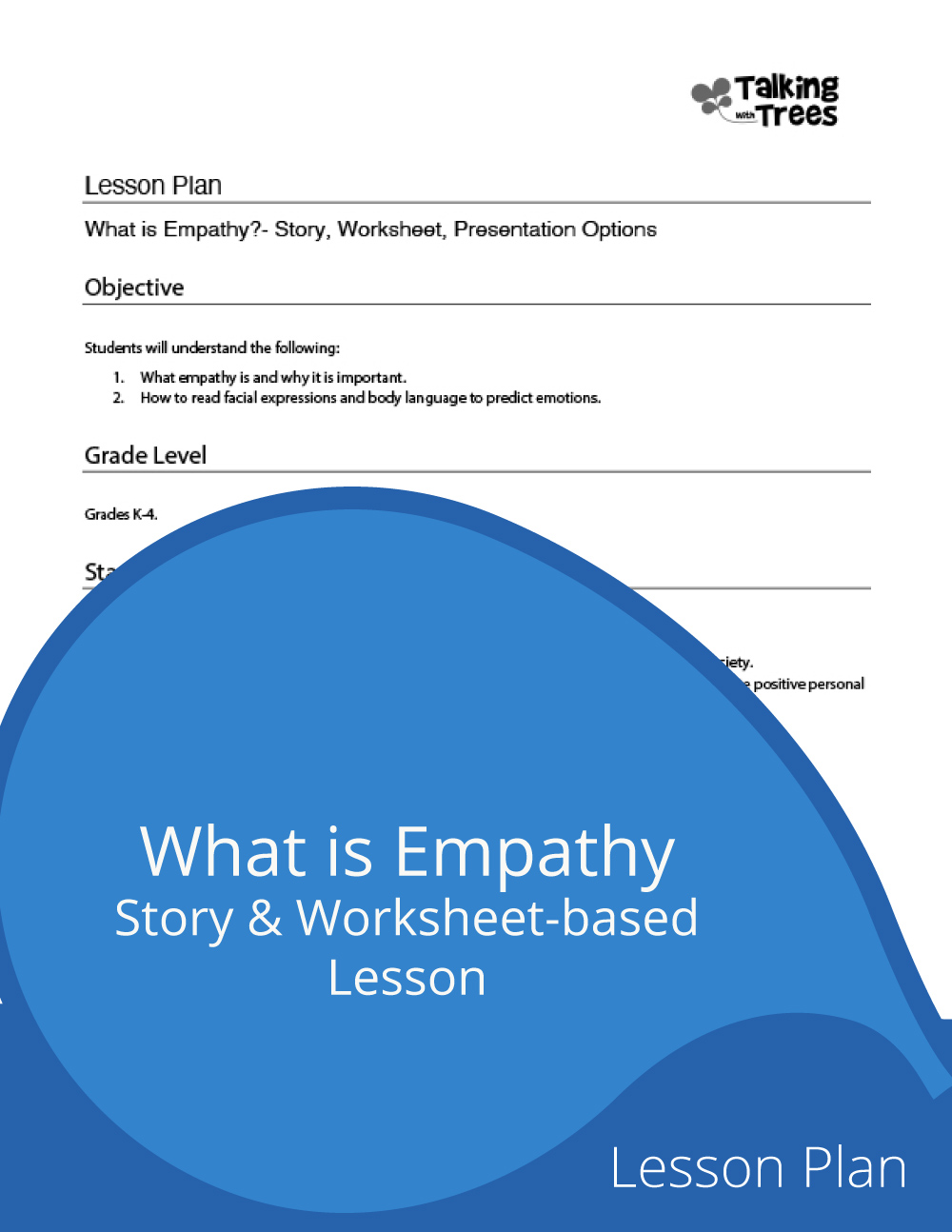
What is empathy?- with Story, Worksheets, Presentation Options
Objective
Students will understand the following:
- What empathy is and why it is important.
- How to look for cues in facial expressions and body language to understand how others feel.
- How to “put yourself in someone else’s shoes”
Grade Level
K - 4
Character / SEL Topics
- Social Skills, Self Awareness, Self Management
- Positive relationships
- Traits: Empathy, Respect, Responsibility
Download Resources
Our PDFs are free to print or share for non-commercial use, meaning you are welcome to link to our pages for educational purposes, add PDFs to your Google classroom or print PDFs for in-class use.
Empathy Lesson Plan Resources
Select Resources by Story
Vocabulary
Empathy- The ability to understand how someone else is feeling. Empathy has two parts:
- Shared emotion – when you feel an emotion with someone else, even though you aren’t in the same situation
- Understanding other perspectives- understanding how someone else might see a situation (their perspective) even if you think differently about it. We call this being able to “put yourself in someone else’s shoes.”
See the What is Empathy? page for a full definition and examples in terms kids will understand.
Procedures
Define Empathy
Explain what empathy is using the definitions in the vocabulary section above. Ask children to describe a time when they have felt empathy. For example:
If they have felt sad or excited when a friend felt sad or excited, even though they weren’t affected by whatever caused their friend to feel that way. (Such as being sad with your friend that he/she didn’t make the soccer team or being excited for your friend when she got a new toy she had been wanting.)
If they ever hurt themselves and their mom said, “I’m sorry”, even though it’s not her fault they got hurt. The mom is really saying “I feel bad that you are feeling bad,” which is showing empathy.
See the What is Empathy? Page for more examples
Talk about why empathy is important
Empathy is important because it helps us get along with other people. It’s the basis of all healthy relationships because we are able to understand how others are feeling and how our actions might impact them. It’s important for relationships with friends and family, but also for working well with teams, and succeeding in a job. Empathy is important to our whole society because it helps us cooperate and live peacefully with others. It helps us understand how people see situations differently so we can treat each other with courtesy and find compromises.
One way to see how empathy is important is to consider what life would be like if nobody cared how you felt about anything. What if everyone just said and did whatever they wanted, without caring how it would impact others?
Practice building empathy
Empathy has two parts: feeling someone’s emotions and understanding their perspective. Using the stories and /or presentation, discuss empathy:
Feeling someone’s emotions- Practice predicting how someone is feeling using the images and the cues that the faces and bodies give you.
Understanding Perspectives- For each scenario in the stories, have children discuss what is happening and how one person may feel. Then switch perspectives and describe the scenario from another person’s point of view.
Option 1- Story- Use the print book, ebook, or video book to read the story of your choice. As you read discuss emotions, facial and body cues, perspectives.
Option 2- Presentation- Use the presentation for each book to highlight faces and scenarios and prompt discussion
Option 3- Worksheet- Use the worksheet for each book to reinforce learning as students independently identify emotions in the characters.

